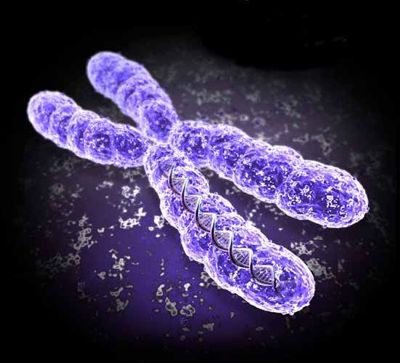Team:Missouri Miners/Project
From 2011.igem.org
Welcome to the Missouri Miners Wiki page!
Part 1:
As a standard of iGEM, E.coli will be used as the bacterium for this research. We will
incorporate the eYFP, RBS, and Omp-R genes into the DNA of the E.coli in the form of a
plasmid. The plasmid will consist of two main parts. The first is an iGEM part: a glucose
concentration activated promoter gene named OmpR. The second is a DNA sequence
which codes for a yellow florescence protein (eYFP). Third is a ribosome binding site. The
promoter will regulate the expression of the eYFP. Restriction enzymes will be
used to cut the circular E.coli DNA at specific points during a digestion. Because eYFP has
more base pairs than RBS (ribosome binding site) and Omp-R, we will cut the eYFP genes
completely out of the plasmid so that eYFP and RBS can be combined, with eYFP as the
insert and RBS as the vector. After these have been ligated together, the new
eYFP/RBS plasmid will be cut and reassembled with eYFP/RBS as the insert and Omp-R as
the vector.
Once the three parts are together and in the correct order OmpR/RBS/eYFP testing needed
to be done to see if they were in fact in the correct order, and also what concentration of
glucose it would fluoresce at. For testing to see if our part BBa_K621001 is in the order its
supposed to be in the DNA will be sequenced. The sequencing data will give us the order
of the bases that it reads back, then the data can be compared with the known sequence of
each gene. To tell if the part works as it should glucose was added to agar plates at a 25%
concentration, no florescence was seen. Next using agar/glucose plates 0%, 1%, 5%, 10%,
and 15% concentrations were tried, aging resulting in no florescence. Later it was realized
that our part was an osmolarity sensor which senses changes in a substance thickness and
ability to move through a cell. This caused all of our testing to happen in Lb liquid cultures.
Making the switch to liquid cultures so the part could sense osmolarity was just what
needed to happen the part fluoresced and worked as it should. Next to get an idea of what
concentrations of glucose would still let the part glow 0%, 1%, 3%, 5%, 8%, 10%, 15%,
20,and 25% glucose was used.
The next step of the project would be once we know the lowest concentration the part will
still glow at use cells from that culture and begin mutations. Mutate until the part works at
low enough levels to sense fluctuating glucose levels in human blood
 "
"






